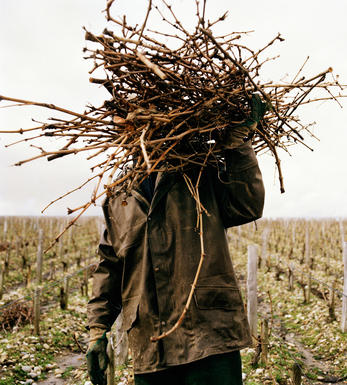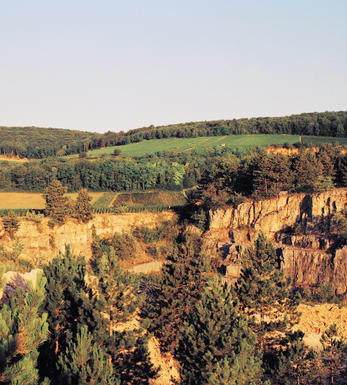
About this WINE

Domaine Bertagna
Domaine Bertagna was originally put together by Monsieur Bertagna in the 1950s before he sold to the Reh family in 1982. Eva Reh-Siddle has been in charge since 1988 with various winemakers at the helm, notably Roland Masse, now at the Hospices de Beaune, and Claire Forrestier who was responsible for vintages from 1999 to 2005. Eva's sister Annegret also runs the world-famous Reichsgraf Von Kesselstatt estate in the Mosel.
The domaine has impressive holdings in the commune of Vougeot, allied to several grands crus from other communes and some volume in the Hautes Côtes de Nuits. All these are processed in an efficient, high tech cuvérie before élévage in the substantial underground cellars.
Jasper Morris MW author of the award-winning Inside Burgundy comprehensive handbook.

Aloxe Corton
These two Grand Cru vineyards, Corton and Corton-Charlemagne, lie astride three villages at the northern end of the Côte de Beaune: Ladoix, Aloxe-Corton and Pernand-Vergelesses. The main body of the hill of Corton faces due south, with an extended flank exposed to the east, and another facing westwards. The white wines mostly come from west and south-west expositions, along with a narrow band around the top of the hill.
The Emperor Charlemagne owned vines here in the eighth century, and legend has it that his wife insisted he planted white grapes so as not to spill red wine down his beard and clothes. Corton-Charlemagne is always white and there is also a theoretical Grand Cru appellation called, simply, Charlemagne, which is never used. Corton is almost entirely red but there are a few white wines too.Ladoix is a rarely-seen appellation, as most wine here are sold as Côte de Beaune Villages. Aloxe-Corton is better-known, but as with Ladoix the best vineyards have been designated as Corton and Corton-Charlemagne.
There are also 25 lieux-dits that may be used on wine labels, together with Corton: Les Bressandes, Les Chaumes, Clos des Meix, Clos du Roi, Les Combes, Le Corton, Les Fiètres, Les Grèves, Les Manguettes, Les Maréchaudes, Le Meix Lallemand, Les Paulands, Les Perrières, Les Pougets (Pougeots), Les Renardes, La Vigne au Saint, Les Basses Mourottes, Les Carrières, Clos des Cortons Faiveley, Les Grandes Lolières, Le Rognet et Corton, La Toppe au Vert and Les Vergennes.
- 90 hectares of village Aloxe-Corton
- 38 hectares of Premier Cru Aloxe-Corton
- 118 hectares of village Ladoix
- 14 hectares of Premier Cru Ladoix
- 72 hectares of Corton-Charlemagne. The finest from En Charlemagne (Pernand) and Le Charlemagne (Aloxe)
- 160 hectares of Corton. The best from Clos du Roi, Bressandes, Pougets

Chardonnay
Chardonnay is often seen as the king of white wine grapes and one of the most widely planted in the world It is suited to a wide variety of soils, though it excels in soils with a high limestone content as found in Champagne, Chablis, and the Côte D`Or.
Burgundy is Chardonnay's spiritual home and the best White Burgundies are dry, rich, honeyed wines with marvellous poise, elegance and balance. They are unquestionably the finest dry white wines in the world. Chardonnay plays a crucial role in the Champagne blend, providing structure and finesse, and is the sole grape in Blanc de Blancs.
It is quantitatively important in California and Australia, is widely planted in Chile and South Africa, and is the second most widely planted grape in New Zealand. In warm climates Chardonnay has a tendency to develop very high sugar levels during the final stages of ripening and this can occur at the expense of acidity. Late picking is a common problem and can result in blowsy and flabby wines that lack structure and definition.
Recently in the New World, we have seen a move towards more elegant, better- balanced and less oak-driven Chardonnays, and this is to be welcomed.



Buying options
Add to wishlist
Description
A fine, mineral example of Corton Charlemagne, topped with a little toastiness from intelligent oaking. The fruit, acidity and structure will come seamlessly together to make a terrific wine from 2010-2015.
wine at a glance
Delivery and quality guarantee